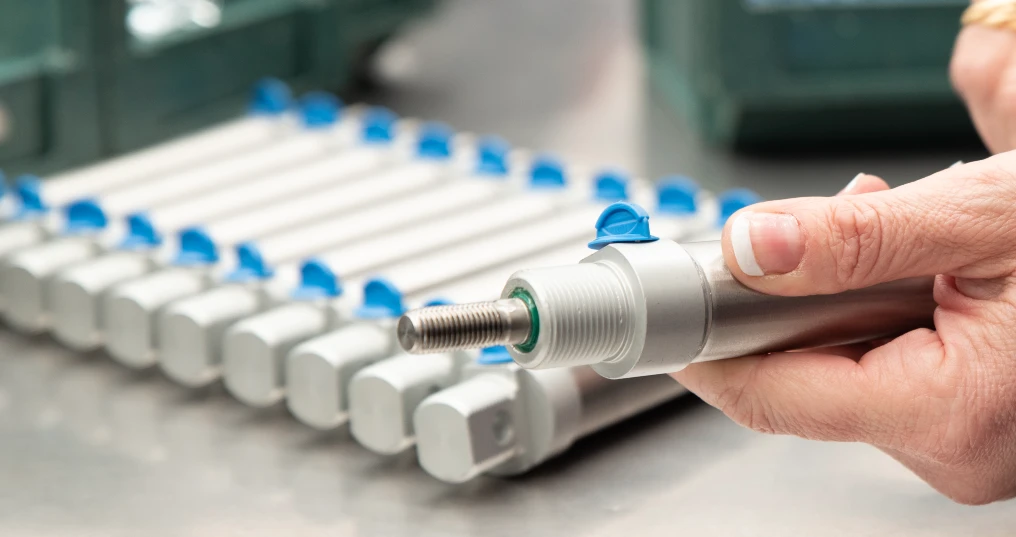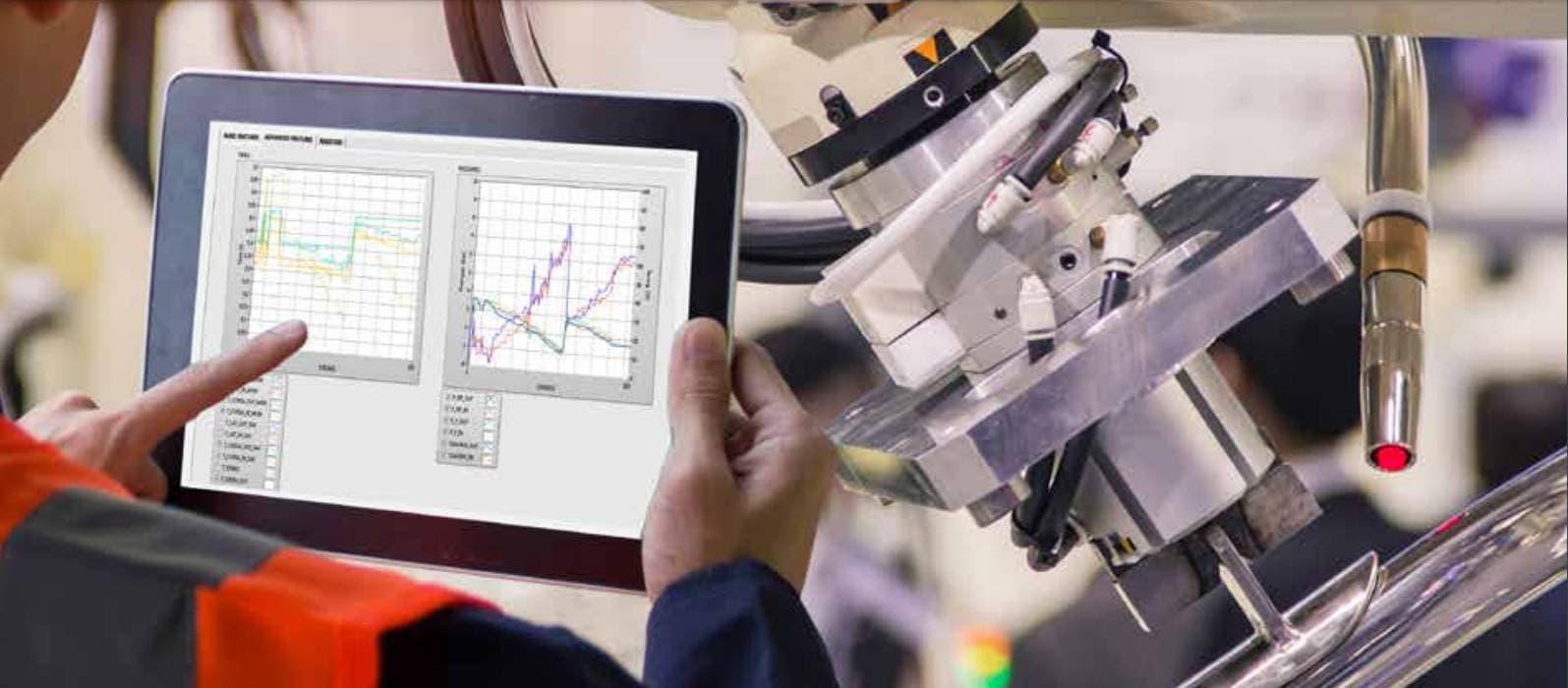This is the question that everyone is asking, to which we can give an answer today.
Since the crisis began in 2008, one in five companies has focused on the green economy, and after a few years it is clear that the choice has been successful.
Since 2008, approximately 340,000 Italian companies have invested in eco-sustainable technologies to reduce the environmental impact, contain CO2 emissions and save energy.
In terms of percentages, 22% of industries have taken steps towards these initiatives, a percentage that rises to 33% in the manufacturing sector. This has brought 101 billion of added value to our economy.
Among the intelligent solutions that can be adopted, one is called “Condition Monitoring”, by analyzing the market data, all the potential of these new technologies can be grasped.
A 293 pages report by marketsandmarkets.com states that the global market for “Condition Monitoring is valued a 2.6 Billion in 2021, with an expectancy of growth up to 3.6 billion in the next 5 years, with a whopping CAGR (aka compound annual growth rate) of 7.1% each year.
Even Though Condition Monitoring is a wide range concept, in this article I’m going to focus on a single application, that is Pneumatics.
Benefits of Monitoring Control in Pneumatics
There is a wide literature about the benefits and competitive advantages of Control Monitoring applied to Pneumatics, and many supplier present them in a very attractive way, with measurable objectives:
- 30% reduction in manutention costs.
- 25% of improvement in Efficiency.
- 25% reduction in downtime.
- 100s million is saving thanks to predictive maintenance.
To be honest, in my experience as an engineer the benefits are much more concrete than only the ones listed above.
A new challenge is started between Machine Builders and a new positioning category is creating a big opportunity for the visionaries entrepreneurs, who will accept the challenge and will become ambassadors of the new era.
Characteristics and Data are important, but the vision is much more long-sighted.
Do you think consumers buy iPhones for the characteristics or for the vision of Apple about creating the most creative and efficient smartphone?
As consumers do not buy iPhone for characteristics, entrepreneurs shall adopt this new approach to avoid becoming a commodity in the long run.
But do not underestimate the implications of a shifting idea.
You can’t go all-in, but you can’t sit on the sidelines to allow others to implement and test this approach, allowing them to gain ground.
The change that will overwhelm us: Energy Transition
The Energy Transition Revolution will involve all machine suppliers; quoting Darwin’s piece of advice, there will be no other choice: adapt or perish.
What exactly is the New Green Deal?
In 2014, the Juncker Commission defined the Paris Agreement which stated:
“It is among our highest priorities to build a resilient, forward-looking and eco-friendly Energy Union with strong attention to climate and energetic policies”.
The result of this and its most evident consequence is that within 2035 all European roads will be covered by electric vehicles.
Volvo Cars Global seems to be pioneering electric vehicle technology, as they’re planning to go fully electric by 2030 already.
Volvo appears as quite an exception though, as statistics preview that only 7% of the U.S. road vehicles will be fully electric within 2030 (about 19 million of the 259 million vehicles, including cars and light trucks).
All other main brands are forcing line extensions to provide new electric road vehicles, trying to adapt to the new market request, despite violating one of the main positioning rules of the market.
The brighter future tends to new brands, selectively specialised in electric vehicles, such as Tesla, which is already selling 500.000+ vehicles per year and not even investing 1 cent in advertisement thanks to exceptionally strong media sponsorship and attention, offering free brand awareness to the new-born brand categories, as well as for Cupra and Fisker.
Briefly said: be quick at adapting your company to the new energy-efficiencent regulations or you will have to deal with; additional taxes on every product, the highest competition ever seen in the market and the looked-down upon reputation of the “bad guy”, whose machines are outdated and energy wasting!
Let us not forget the other perspectives too by clarifying this statement: “every European driver will need an electric car by 2035 in order to be allowed to drive.”
How are drivers dealing with this fact?
Personally, I would wait a few years for the technology to develop further and, once sure of the reliability and trustworthiness of the new electric vehicles, I take the next step to the future of road vehicles.
This approach is extremely spread , thus it will create a bubble: in the years to come, car suppliers will not even notice a big difference in the sales quantity, until one day the mainstream market will adapt the electric car and old technology cars will become a niche for market laggers and retrò lovers.
Companies get ready!
Commissioner for Climate Action and Energy Miguel Arias Cañete affirms that the 2035 target is only an intermediate one, as within 2050 the objectives will be even higher:
“We mobilised record levels of clean energy investments in Europe, we brokered the Paris Agreement and triggered its quick entry into force, we further integrated the European energy market, and we set a long-term vision for climate neutral Europe by 2050”.
Rising demand on less consuming technologies
Most advanced companies have already spotted the green deal opportunities and are starting programs to adapt machines by positioning as innovative.
Not all companies are the same: there are always visionnaires and laggers, and this division will determine who will flourish in the next 5 years and who will remain on the line, waiting too long to start adapting to the green revolution.
Read a case study of a winning company with a self repaying sustainibility project by clicking here.
The same is happening to car builders: Become electric or disappear within 2035.
Unfortunately, most of the machine suppliers are not ever aware of the big risk of not adapting swiftly and they are waiting for the vast majority of the market to change their policies.
In fact, the increased investments in the energy efficiency sector are expected to drive the market to a growth of 26,7%.
The market is evolving quicker than the suppliers: the rising demand on less consuming technology will become exponential every day and only the first movers will take advantage of the deal.
Any company wishing to continue supplying machines in the European and Global market must adapt or die.
Every day the timer is ticking and available time is every day shorter.





